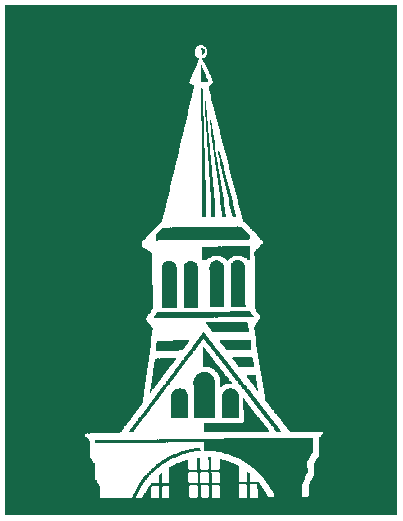Letter from GEORGE PERKINS MARSH to HIRAM POWERS, dated April 20, 1855.
Primary tabs
Dear Powers
It is rather late to congratulate you on the tardy appreciation of your claims and merits by Congress, but it is something to be proud of to have achieved a recognition by that body of what is due to you, without having resorted to any of the arts by which the favour of our national legislature is so often conciliated. This commission will I presume not be open to the objections which detered you from accepting that for the pediment, and I hope we shall now have the pleasure of seeing something worthy your fame and abilities in a conspicuous position in our Capitol.
Greenough's group is not successful, and pleases me
less than when I saw it in an unfinished state in G's studios. It has however, the
advantage of making Persico's abomination yet more
abominable, and I hope both groups will
finally be removed from positions
which one disgraces, and to which the other is not well suited.
I saw Mills' Jackson every day during the winter,
(having spent the session at Washington) and think Mr
Everett chose a fit expression when he said it was 'creditable' to the
artist, , considering his utter want of professional training
experience and observation, and the little that had been done in the way of bronze
casting on a large scale in America. As a , it is good, though there is
too much tin in the bronze, but it is evident, that the sculptor has no conception
of dignity, grace, or proportion, or indeed of any of the higher qualities of a true
artist. I find the posture of the horse less objectionable than I
expected in point of , but the composition is wrong in
, because the rider is sacrificed to his beast. In this particular
case indeed, the objection has less force, because the human figure
is much
the poorer of the two, and its eclipse by the horse is no loss.
There is no risk in predicting that it will not stand. So large a mass on so slender a base cannot long resist the action of the wind, changes of temperature, oxydation of the iron supports in the legs, and other disturbing causes, & some heavy gale will overthrow it by the time we have a new hero ready for the pedestal.
I was sorry to learn, that nothing had been done with your file, beyond securing the patent. The rasp-makers think it would
cost too much to get up the machinery & manufacture the rasps. Wilson thinks
differently, & believes it would pay, if it were only for farriers' use. I
think you should send over your machine without delay, & have the patent
taken out. I have great confidence in the success of the invention, if some suitable
person will undertake to introduce it. As a patent lawyer & patent agent, I
recommend Charles M. Keller of New York, and I think Mr Wilson could put you in
the way of finding the right man, if the punching machine were once patented
and a working one ready for operation.
If you could send me a few files of different sizes, I could perhaps aid you having had much to do with mechanical matters, & I shall be glad to be useful to you in any way I can.
Mrs Marsh is still an invalid, though rather better than when you saw her last. She desires to join me in the kindest remembrances to you all.
Very truly yoursGeorge P Marsh
Mr H. Powers
Mrs Marsh asks me to inquire whether Mr & Mrs Browning are in Florence. We hoped to meet them at Paris or London but could not hear of them at either place. If you see them will you remember us particularly to them
G P M
References in this letter:
Horatio Greenough (1805-1852) received a commission in 1838 to decorate the front (eastern)entrance to the U.S. Capitol with a sculpture eventually called "Rescue." Installed to the right of the Capitol steps in 1853, it depicted a settler in the act of restraining an Indian with an axe from attacking a woman and child, who cower behind them. In the twentieth century, protests by Indian groups and others led to the removal of the sculpture in 1958.
The bronze equestrian statue of Andrew Jackson by the self-taught sculptor Clark Mills (1815-1883), erected in 1853 in Lafayette Park across from the White House, is noteworthy in that the only support for the rearing horse is its two hind legs, achieved by a careful calculation of the statue's center of gravity.
